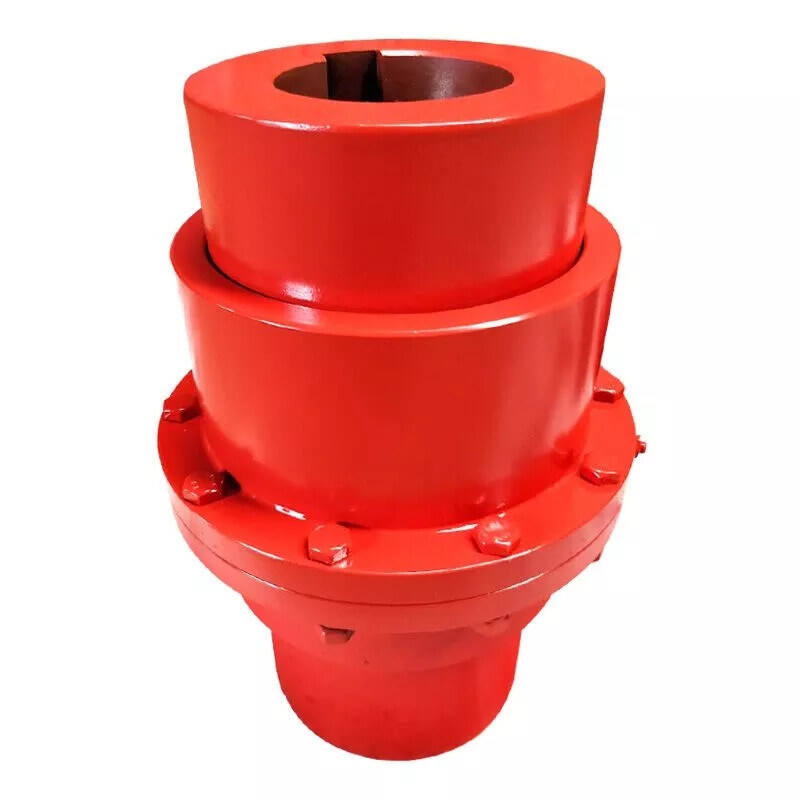
Understanding the Mechanics of Gear Couplings in Power Transmission Gear couplings represent a vital component in modern power transmission systems, serving as the crucial link between rotating shafts in industrial machinery. These precision-engineer...
VIEW MORE
Understanding the Power of Surface Engineering in Industrial Applications The industrial manufacturing sector constantly seeks innovative solutions to enhance equipment longevity and operational efficiency. At the forefront of these advancements stan...
VIEW MORE
Understanding the Impact of Advanced Cross Couplings on Industrial Equipment Cross couplings represent a critical component in modern industrial machinery, serving as the backbone for power transmission and mechanical connections. These essential dev...
VIEW MORE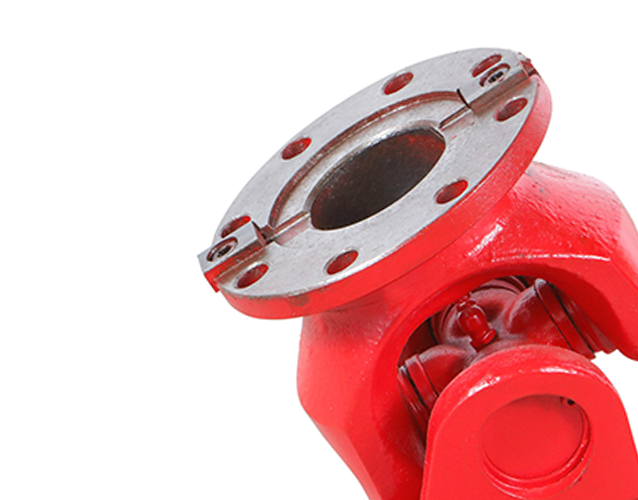
Strengthening Power Transmission With Cross Couplings In the field of industrial engineering, the need for secure and efficient torque transfer is constant. Machines must perform under high loads without interruptions, and the components connecting s...
VIEW MORE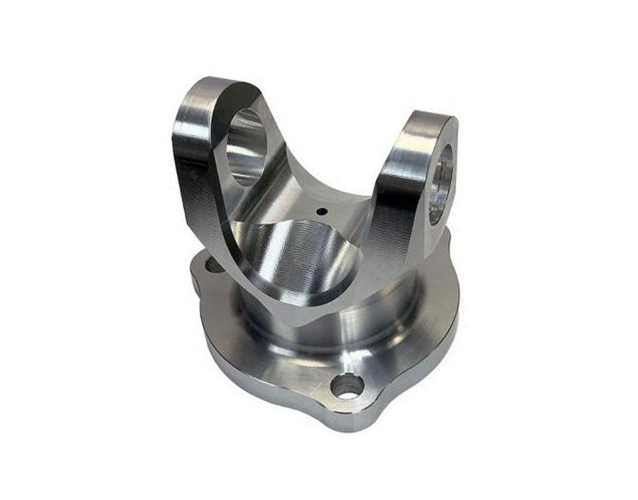
Building Stronger Mechanical Connections With Cross Couplings In every industry where machines drive productivity, the importance of durable and precise shaft connections cannot be overstated. This is where Cross Couplings play a pivotal role. These ...
VIEW MORE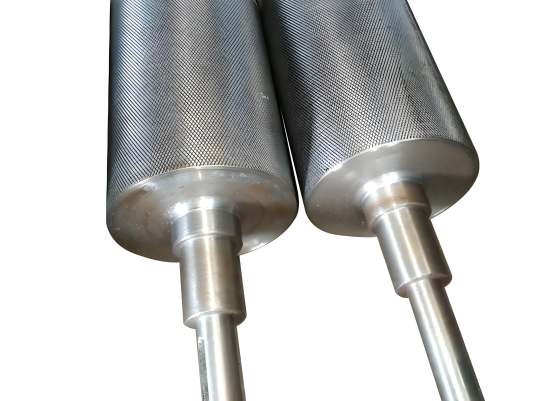
Enhancing Performance Through Chrome Plated Rollers In modern manufacturing and processing, accuracy and reliability define the quality of the final product. Industries are under constant pressure to meet rising demands for precision, speed, and dura...
VIEW MORE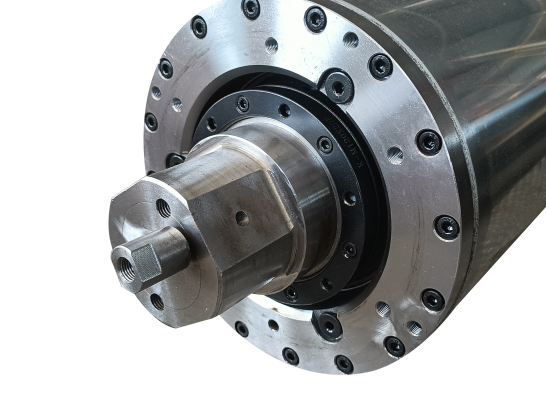
Chrome Plated Rollers: The Ultimate Solution for Corrosion Resistance Enhancing Industrial Performance with Chrome Plated Rollers In today’s manufacturing and processing industries, durability and reliability of equipment directly influence pro...
VIEW MORE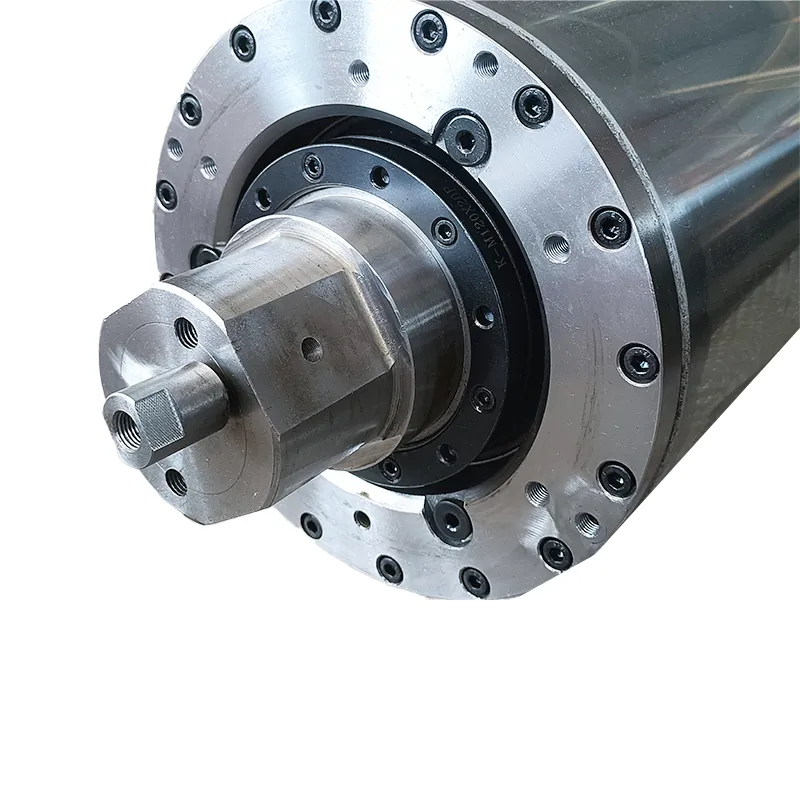
Enhancing Industrial Durability with Chrome Plated Rollers In many manufacturing and processing industries, equipment reliability and long service life are vital to maintaining consistent operations. Among the many components that contribute to smoot...
VIEW MORE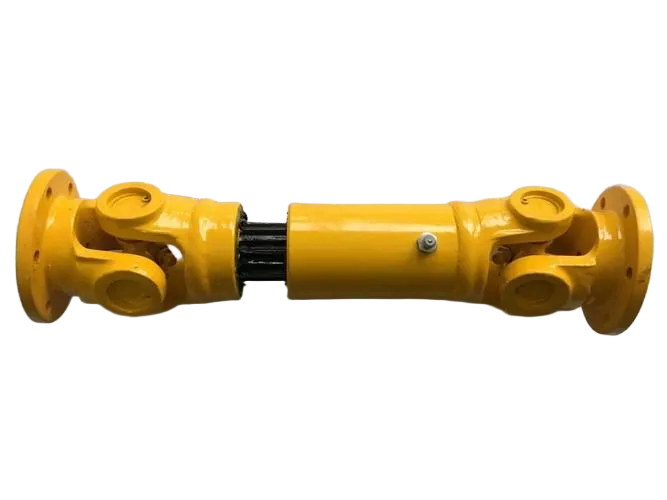
Enhancing Performance and Precision in Modern Automation As automation systems continue to evolve, the demand for precise, high-performance components has never been greater. In this context, the bellows coupling plays a vital role in maintaining mec...
VIEW MORE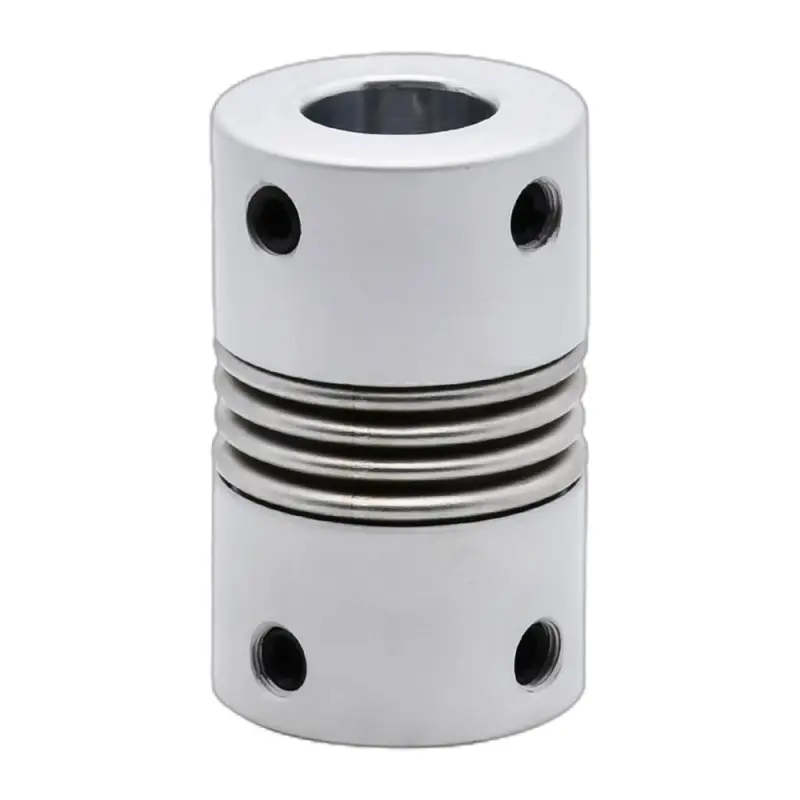
Precision in Motion Control Applications In many high-performance systems, achieving precise and reliable torque transmission is essential. Whether in robotics, semiconductor equipment, or medical devices, engineers rely on components that not only t...
VIEW MORE
Making an Informed Investment in Coupling Technology In the evolving landscape of industrial applications, selecting the right components to support operational efficiency and durability is critical. One such component, gear couplings, plays an essen...
VIEW MORE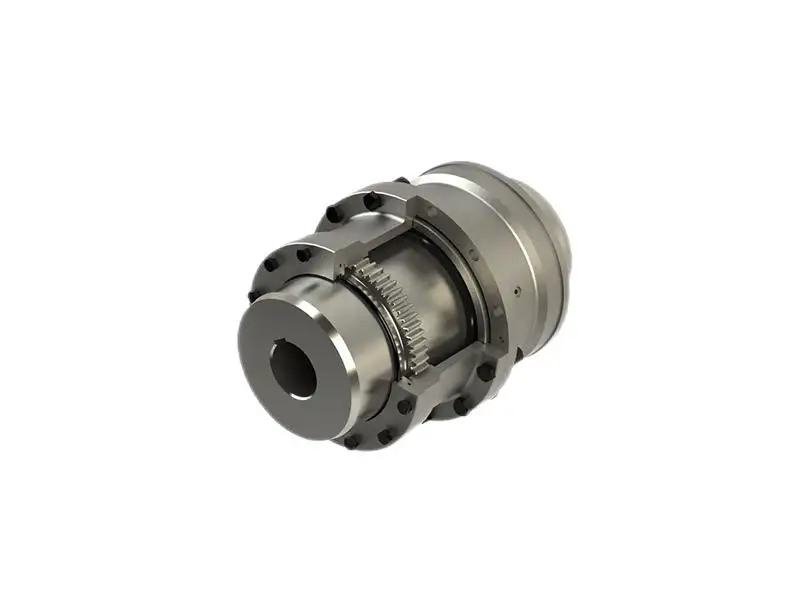
Exploring Industrial Coupling Solutions for High Performance In modern industrial systems, the choice of the right coupling solution significantly affects overall machine performance, durability, and maintenance requirements. Two of the most commonly...
VIEW MORE